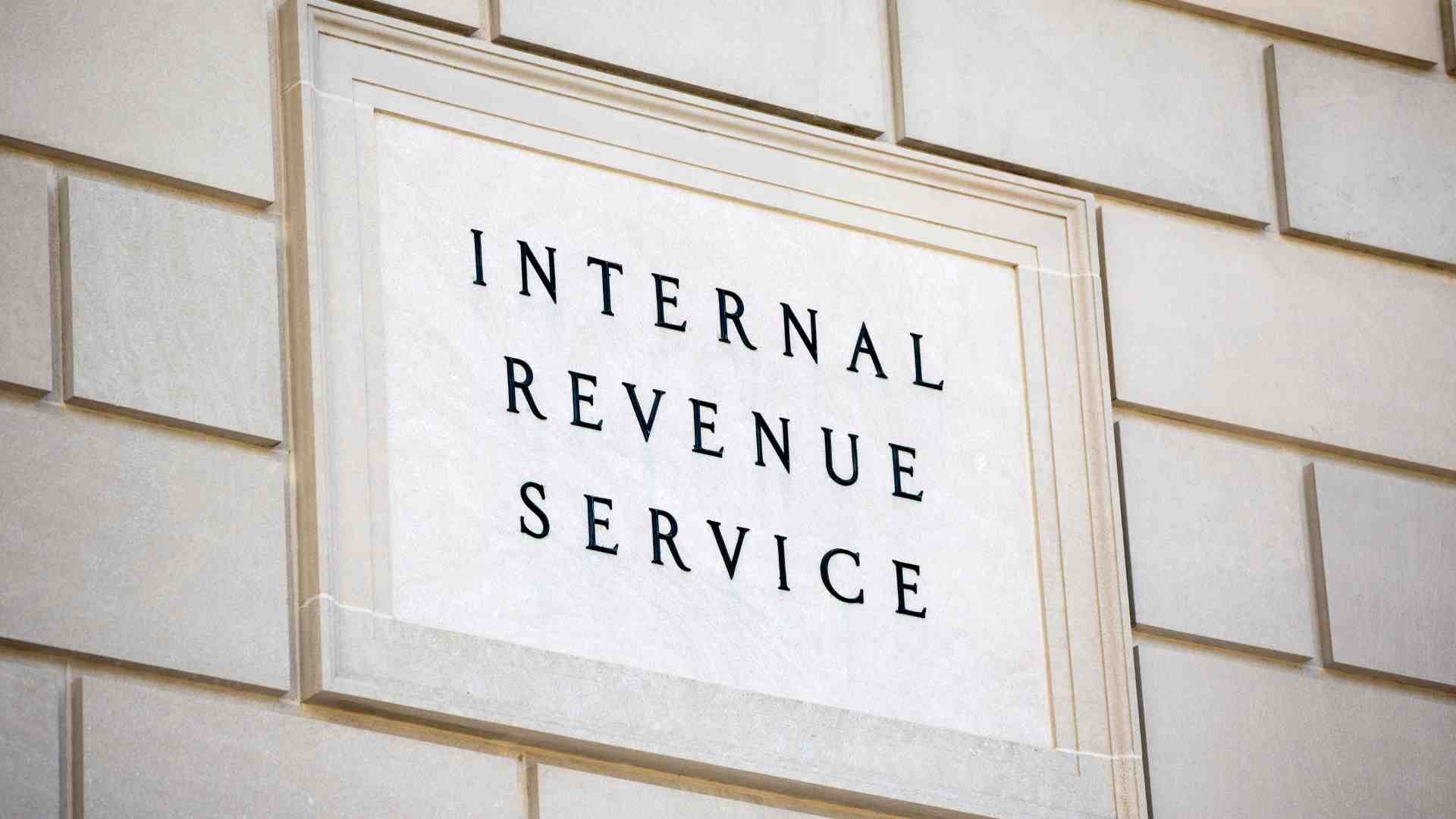Team Cardata
5 mins
How Accountable Mileage Reimbursement Can Beat Flat Auto Allowances
Learn how an accountable mileage reimbursement program, such as FAVR or CPM, can have benefits with fairer payments and more.

Did you know that almost 30 percent of every flat auto allowance dollar could vanish based on income and payroll taxes? Mileage reimbursement—especially IRS-compliant Fixed & Variable Rate (FAVR) plans—can plug that leak, align payments with real-world costs, and more.
Introduction
Flat car stipends feel simple, but the simplicity is expensive. Once taxes are carved out, drivers receive less cash than the spreadsheet promised, while employers may pay inflated payroll charges, all while potentially under-funding their mobile team. Meanwhile, a properly structured mileage reimbursement program eliminates tax waste, flexes with fuel and insurance prices, meets state indemnification rules, and routinely cuts total spend by double-digit percentages.
The Hidden Costs of Flat Auto Allowances
Because a non-accountable car allowance is treated as ordinary wages, every dollar is exposed to federal income tax, FICA, FUTA, and often state levies; the combined burden can be substantial for both employees and employers. Inflation compounds the damage. Fuel, insurance, and maintenance have all surged from inflation, yet stipends can sit unchanged for years, eroding purchasing power month after month.
Geography introduces still more inequity: a $600 allowance buys far less vehicle in Los Angeles than in Des Moines, forcing companies either to overpay low-cost regions or under-fund high-cost ones. Worst of all, paying a stipend does nothing to insulate the organization from liability.
Why Mileage Reimbursement Aligns with Reality
Mileage reimbursement flips the model of a flat-fee allowance by paying only for miles actually driven. The IRS standard mileage rate—which changes annually or more—approximates nationwide operating costs and, when combined with an accountable plan, is entirely tax-free for both sides of the paycheck.
Two vehicle reimbursement options are common. A straight cents-per-mile (CPM) plan is simple but blunt: the same rate must cover a courier who drives 30,000 miles and an engineer who drives 3,000, inevitably overpaying one and underpaying the other. FAVR solves that mismatch by separating fixed costs—depreciation, insurance, license fees—from variable costs such as fuel and tires, then localizing each component to the driver’s ZIP code.
Companies that switch to FAVR routinely trim program spend by up to 30 percent while often raising driver satisfaction.
Compliance and Risk
Non-accountable car allowances are considered as taxable wages; CPM and FAVR payments are non-taxable so long as they follow accountable-plan rules that require substantiated mileage, timely expense submission, return of any over-payments, and more. With that in mind, compliance is an essential part of any vehicle reimbursement program, particularly accountable programs.
FAVR has additional requirements, including at least five drivers who each log a minimum of 5,000 business miles a year, that the vehicles fall beneath IRS cost caps, and more. State labor codes add another layer. California’s Labor Code §2802, Illinois’ Wage Payment and Collection Act §9.5, and Massachusetts’ M.G.L. c.149 all oblige employers to indemnify workers for necessary business expenses; a compliant mileage program meets that duty and sidesteps costly class-action exposure. Employers can further limit exposure by mandating minimum personal auto insurance limits and verifying coverage at renewal, thereby preventing catastrophic gaps.
Controlling Costs Without Short-Changing Drivers
Because mileage programs flex with use, high-milers receive more reimbursement and low-milers less, eliminating the subsidy imbalance baked into flat stipends. Cardata analyses show that FAVR can generate potentially up to around $16,000 in annual savings per driver compared with traditional taxable allowances.
Modern mileage capture apps automate odometer readings and route data, reclaiming roughly 42 hours of driver time per year and slashing administrative overhead for payroll and accounting teams. Rich trip-level data also identifies inefficient routes, enabling companies to cut fuel consumption by up to 55 percent through better tracking and software insights.
Implementing a Strong Vehicle Reimbursement Program
A phased roll-out delivers the best blend of savings and employee goodwill. Heavy drivers in sales or field service usually migrate first to FAVR, guaranteeing that the largest dollars are immediately aligned with local costs. Occasional travelers often remain on a CPM plan, preserving simplicity.
Deploying a powerful mileage tracking app ensures seamless substantiation and data integrity. Annual rate reviews keep reimbursements synchronized with regional fluctuations in fuel, insurance, and depreciation, and many organizations outsource program management altogether, cutting internal administration costs by as much as 50 percent while helping to reduce compliance risk.
Conclusion and Call to Action
Flat allowances look easy on the surface, but once taxes, inflation, and liability are factored in, they are the most expensive way to fund a mobile workforce. Mileage reimbursement, particularly an expertly run FAVR program, delivers tax-free payments that track true costs, satisfies state indemnification laws, and can return six-figure savings to the bottom line. If you are ready to stop burning 30 percent of your vehicle budget on tax waste, contact Cardata for a personalized analysis and a live demonstration of our fully managed FAVR and CPM solutions.
Disclaimer: Nothing in this blog post is legal, accounting, or insurance advice. Consult your lawyer, accountant, or insurance agent, and do not rely on the information contained herein for any business or personal financial or legal decision-making. While we strive to be as reliable as possible, we are neither lawyers nor accountants nor agents. For several citations of IRS publications on which we base our blog content ideas, please always consult this article: https://www.cardata.co/blog/irs-rules-for-mileage-reimbursements. For Cardata’s terms of service, go here: https://www.cardata.co/terms.
Share on:


